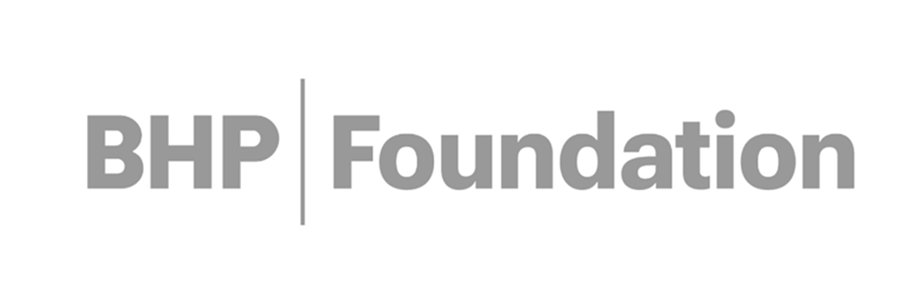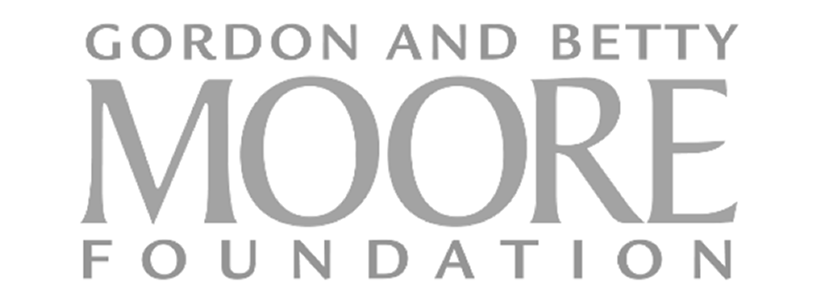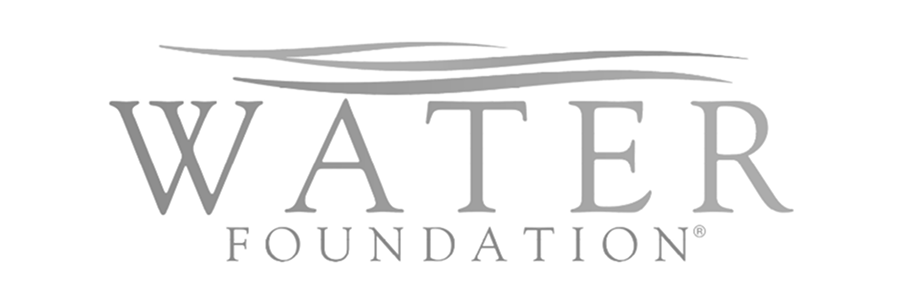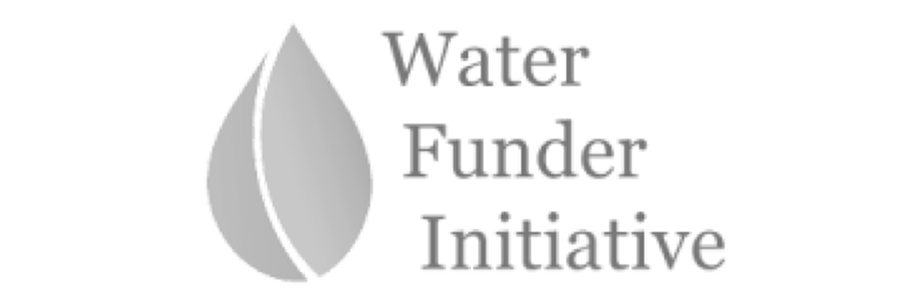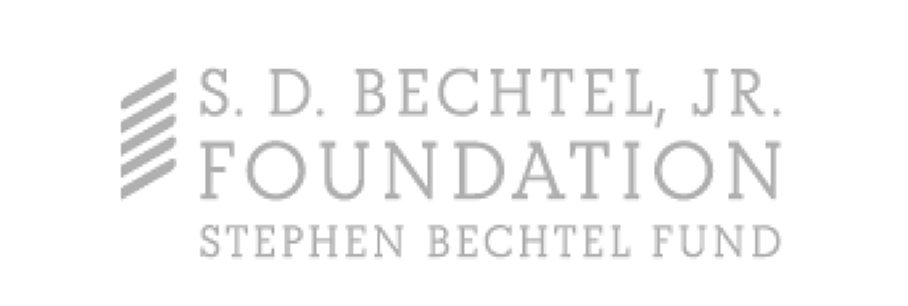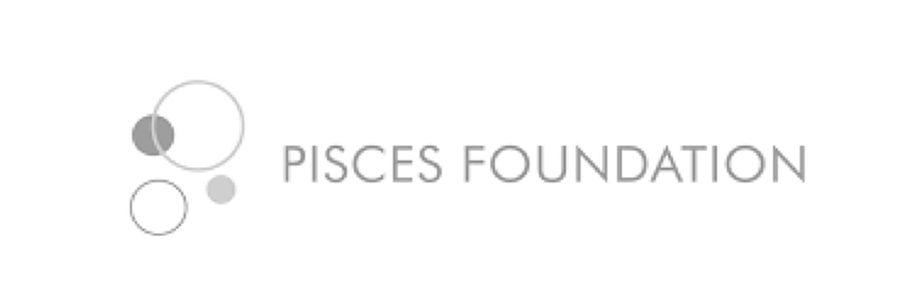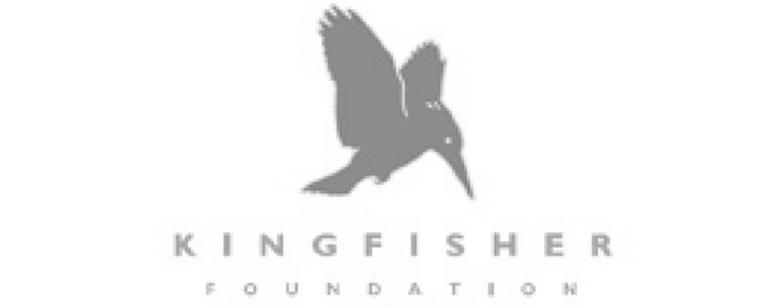Our Vision & Mission
The Internet of Water Coalition envisions a nation engaged in equitable, sustainable, and resilient water planning, management, and stewardship enabled by shared and integrated water data and information.
To advance the modernization of public water data infrastructure in the United States to improve the sharing, accessibility, and integration of water data and information.
Building Data Infrastructure
Enabling integrated and shared water data from public agencies (state, local, and tribal governments) and NGOs by providing the essential, missing technology to make an internet of water possible.
Empowering Communities
Demonstrating the value of integrated water data through projects and products that address near-term water management problems.
Building a Sustainable Network
Building a network of water data producers, users, and decision-makers across the nation to advance the uptake of modern water data technologies and improve water management outcomes
Modern water data infrastructure is the key to overcoming the barriers that make water data hard to find, access, and integrate. This infrastructure consists of both essential technology and best practices deployed by data producers and hubs in the network. Most water data is hard to find because it is fragmented across many organizations. Currently, using water data requires specialized knowledge—about which organizations collect what kinds of water data in which geographies—to address particular questions and problems. This problem is known as “findability” or “discoverability.” Improving water data discoverability will require two key improvements to common water data publishing practices: (1) publishing high-quality metadata that describes the data and specifies how to interpret them, and (2) tying the data to real-world geography in a consistent way. In collaboration with our partners at the USGS, the IoW Coalition is cultivating and strengthening metadata best practices and developing a water-specific search index—Geoconnex—that links the data to geographic features like streams, watersheds, aquifers, and administrative boundaries.  Once water data is found, it is often hard to access because it is held in closed systems (like Excel spreadsheets). Once accessed, it often cannot be integrated with data in other systems, because the data are not standardized. This 2-part problem is known as “accessibility and interoperability.” An inventory of data platforms conducted by the Internet of Water identified 279 platforms across just five states and the federal government. Most of these platforms publish data in either relatively inaccessible formats unsuitable for bulk data processing, or non-standard formats that require significant transformation to be integrated with other datasets. Many more water data platforms exist across the other 45 states, as well as Tribal and local governments and community science organizations. To improve accessibility and interoperability the IoW Coalition is assisting organizations in the publication of findable, accessible, and interoperable water data through water data hubs. The IoW Coalition is advancing this strategy by offering training on water data interoperability, promoting criteria for water data hubs, and providing a free and open-source software suite designed to allow data providers to automate hub building.
Once water data is found, it is often hard to access because it is held in closed systems (like Excel spreadsheets). Once accessed, it often cannot be integrated with data in other systems, because the data are not standardized. This 2-part problem is known as “accessibility and interoperability.” An inventory of data platforms conducted by the Internet of Water identified 279 platforms across just five states and the federal government. Most of these platforms publish data in either relatively inaccessible formats unsuitable for bulk data processing, or non-standard formats that require significant transformation to be integrated with other datasets. Many more water data platforms exist across the other 45 states, as well as Tribal and local governments and community science organizations. To improve accessibility and interoperability the IoW Coalition is assisting organizations in the publication of findable, accessible, and interoperable water data through water data hubs. The IoW Coalition is advancing this strategy by offering training on water data interoperability, promoting criteria for water data hubs, and providing a free and open-source software suite designed to allow data providers to automate hub building.
The IoW Coalition creates and implements collaborative projects and products that address near-term water management problems to demonstrate the benefits of integrated water data and leave behind improved capacity to help communities to solve water problems, and test and evaluate the products developed by the IoW to improve usability and foster widespread adoption. Integrated data for integrated water management means better decisions about water management and healthy, safe communities. While the Internet of Water Coalition’s work to improve water data infrastructure will have broad impacts on stakeholders within the water data community, the full magnitude of this impact will be realized among the wider community of water stakeholders at all levels, including those communities who have faced the most adverse effects stemming from the absence of sustainable and equitable water management. The IoW Coalition collaborates with organizations that address issues of vulnerability and equity to build missing but critical data delivery systems. These collaborative efforts will create the enabling conditions needed to improve decision-making and advocacy for improved, equitable water management. The water data infrastructure created by the IoW allows users to martial water data from open-source tools that require little to no technical expertise, reducing the barriers for local communities, and the organizations that serve them, while building technical capacity to support decision-making.
The US Water Challenge
Meeting 21st Century Challenges with 21st Century Solutions
Around the globe and here in the United States, water challenges are mounting as climate change, population growth, and other drivers of water stress increase. The water data infrastructure to address these challenges is antiquated and increasingly inadequate for the 21st century.
The components of the internet of water already exist (producers, hubs, and users), but the work of sharing and integrating data between them is not a primary mission for any of them. The mission of the IoW Coalition is to build a dynamic and voluntary network of communities and institutions to facilitate the opening, sharing, and integration of water data and information. The IoW Coalition is focused on facilitating and strengthening the connections between these entities to ensure sufficient, usable water data is available at our fingertips. The internet of water includes:
- Data producers – entities that collect data for a specific purpose and have authority over what and how data are being produced, including organizations managing citizen science and crowd-sourced data (e.g., a wastewater treatment plant producing data about surface water conditions, a state agency holding water rights data, an NGO collecting water data samples, a private company taking meter readings).
- Data hubs – formalized, structured source of open water data managed by data curators that standardize data submitted to the hub. Hubs may produce or provide access to data from producers. (e.g., U.S. Environmental Protection Agency’s Water Quality Exchange and Portal, which references all available water quality data; the Water Data Exchange of the Western States Water Council, which shares water rights and use data for all Western states).
- Data users – entities that use water data to create information and value. Primary users are the producers who use the data they collect to meet a specific mission (e.g., a state environmental quality agency that regulates wastewater treatment plants, a reservoir operator regulating the flow of water through a dam). Secondary users create value by combining multiple types of data from multiple organizations (e.g., a conservation organization building stream restoration maps from data held by a utility, state, and reservoir operator; a private company assessing, modeling, and visualizing the environmental impacts of real estate development).
- Decision-makers – leverage information and insights generated by water data users and producers to inform policy and water management.
- The IoW Network – The water data community and the water stakeholders it serves.
Figure: Conceptual diagram of the IoW Network

Why an Internet of Water?
Communities Call for Modern Water Management
Communities across sectors in California, the Great Lakes region, the Midwest, Texas, and the Colorado River Basin reflect on their needs, expectations, and current water data activities. These and other conversations highlight the need for an internet of water.
Currently, data are collected by different agencies, for different purposes, at different scales, and are scattered across multiple platforms with different standards. This limits their ability to be integrated and put to use to improve decision making. Without a coordinated effort, water data will remain fragmented and difficult to use due to the time needed to find, clean, and standardize the data.
If data are hard to discover or share across platforms, they will not be used to drive decisions. This can create uncertainty and costly inefficiencies as water resources become more scarce.
Now imagine a world where you can easily look up groundwater levels as you house-hunt, quickly check the water quality at your child’s school, or open an app to check if a river or lake is safe for swimming. Imagine improved forecast accuracy for timely warnings about harmful algal blooms, droughts, or floods. Imagine precisely managing water, reducing uncertainty, and streamlining infrastructure to avoid redundancy and maximize efficiency. Imagine making regulations more precise to protect the environment and human health. This Internet of Water Coalition strives to realize such a world.
Our Story
Much of the infrastructure built decades ago to address the most challenging water management problems, including our data infrastructure, is struggling to meet today’s water management challenges. Much of our water data exists in paper formats unique to the organization collecting the data. Often, these organizations existed long before the personal computer was created (1975) or the internet became mainstream (mid-1990s). As organizations adopted data infrastructure in the late 1990s, it was with the mindset of “normal infrastructure” at the time. It was built to last for decades, rather than adapt with rapid technological changes. New water data infrastructure with new technologies that enable data to flow seamlessly between users and generate information for real-time management are needed to meet our growing water challenges. The water community needs to be responsive and continually improve how they manage this complex resource by using data and communicating information to support decision-making. In short, a sustained effort is required to accelerate the development of open data and information systems to support sustainable water resources management. Figure: This timeline offers major developments related to water infrastructure and regulations, technological advancements, and water-related events. 
A successful internet of water includes you
990
Participants in the IoW Network
From membership in our P2P Network to collaborative project partners to membership on our listservs, the IoW seeks to grow our connections.
8
IoW Hubs
A network of organized water data hubs across the U.S. increases the amount of data being shared by public agencies within and across jurisdictions in accessible and interoperable ways.
40
States Represented in P2P Network
The IoW P2P Network is a community of practice where members share their successes, challenges, and lessons learned. It is a network of people committed to improved water data management.
10
Public Agency Water Data Inventories
Public agencies hold large amounts of data. A data inventory is the first step in understanding data fragmentation and identifying areas for improvement.
7.4 k
Terms in Coming to Terms
Coming to Terms is the Internet of Water’s Water Terminology Collection that tracks definitions, synonyms, and homonyms of water-related terms use by public agencies.
5
Organizations Participating in Geoconnex
Geoconnex is a framework for data providers to allow their data to be easily found alongside relevant data from other organizations.
4 m
Locations Represented in Geoconnex
Geoconnex provides persistent identifiers for real-world locations, allowing multiple data providers to unambiguously publish what locations their data is about.
511
Water Data Platforms
Our public agency water data inventories identified more than 500 water data platforms across 9 states and the federal government.
